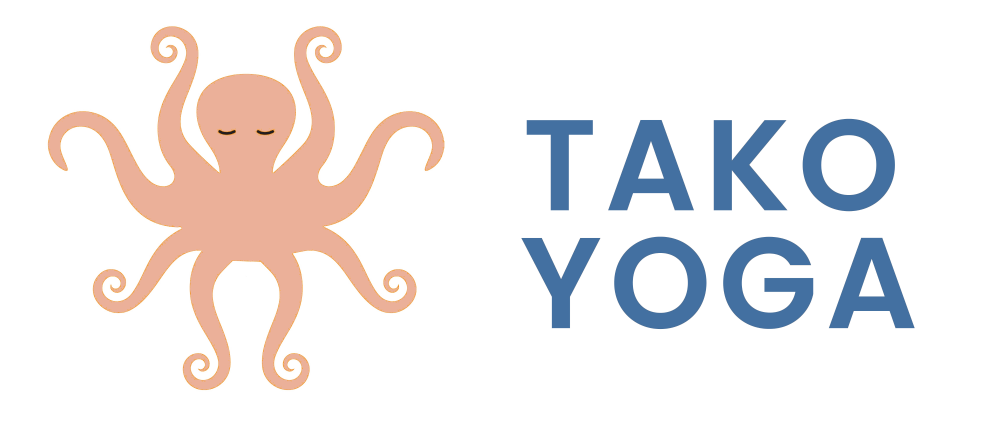Universal Design is an architectural concept with the goal of equitable access to spaces for all. Universal Design for Learning, or UDL, extends this goal to education. This past year in quarantine, I tried applying UDL principles to the teaching of yoga and discovered powerful synergies between these two modes of self-realization and liberation!
What’s Universal Design for Learning?
UDL is an educational framework centered on equity in instruction. There’s an underlying assumption in UDL that all students are capable of thriving in class, and deserve to learn. The word “universal” does not imply one-size-fits-all instruction… just the opposite! UDL instruction is flexible and multi-faceted enough to accommodate differences in student backgrounds and needs.
And the first step in UDL is accessibility… Without access, learning cannot happen.
Accessibility
With COVID-19 and quarantine, the sudden shift of yoga instruction to remote learning presented me with an unexpected opportunity to rethink yoga instruction and partially level some existing inequities in accessibility. Here are 3 things I tried during the quarantine year:
1) Technology for Accessibility
Zoom includes poll, chat, and live transcription features which can help deaf students engage more deeply in real time. I had all three features turned on and highlighted chat as a perfectly valid way to communicate.
2) Option for asynchronous instruction
Posting recordings and their auto-generated transcripts made classes available to students who couldn’t attend synchronous classes due to life circumstances, like having to care for someone, or needing to hold down a job. Recordings, in possible conjunction with transcripts and out loud text readers, also made it possible for students with access requirements to slow down a lesson and consume it at a pace that worked for them.
3) Stronger Verbal Cues
Because visibility over live streamed video is low resolution and two dimensional, I worked to improve the the clarity of my verbal cues. I had the good fortune of working with a blind student who generously provided feedback to make my cues more on point. Several weeks in, I had the confidence to know I didn’t really need to demonstrate poses. Inability to see became a relative non-issue, and I became a stronger teacher in the process!
UDL, Accessibility, and Yoga
Yoga offers practitioners many options for reaching a state of self-realization. These options work for different life circumstances and learner needs (e.g.: Karma:action oriented, Bhakti: devotional, Jnana: knowledge-based). In both UDL and yoga, the individual paths are many but all lead to the same destination. There is a powerful intrinsic coherence to using UDL principles to teach yoga, and teaching movement online with accessibily as a core tenet was deeply rewarding.
Did you teach movement online during quarantine? How did it affect your teaching? What did you love / hate about it? I’d love to hear your experiences!

